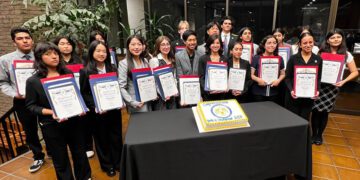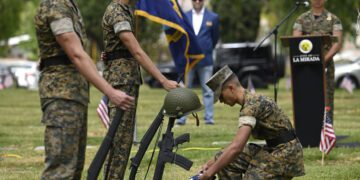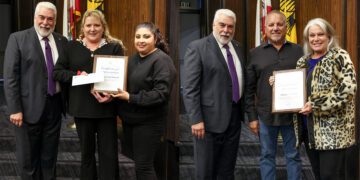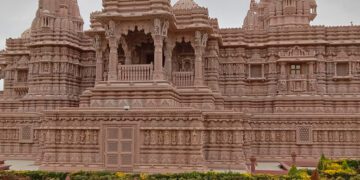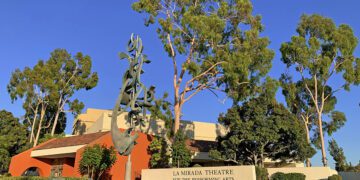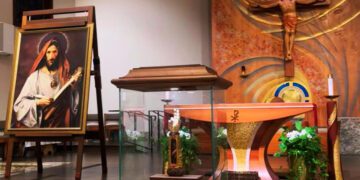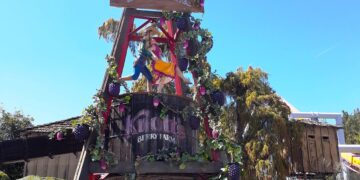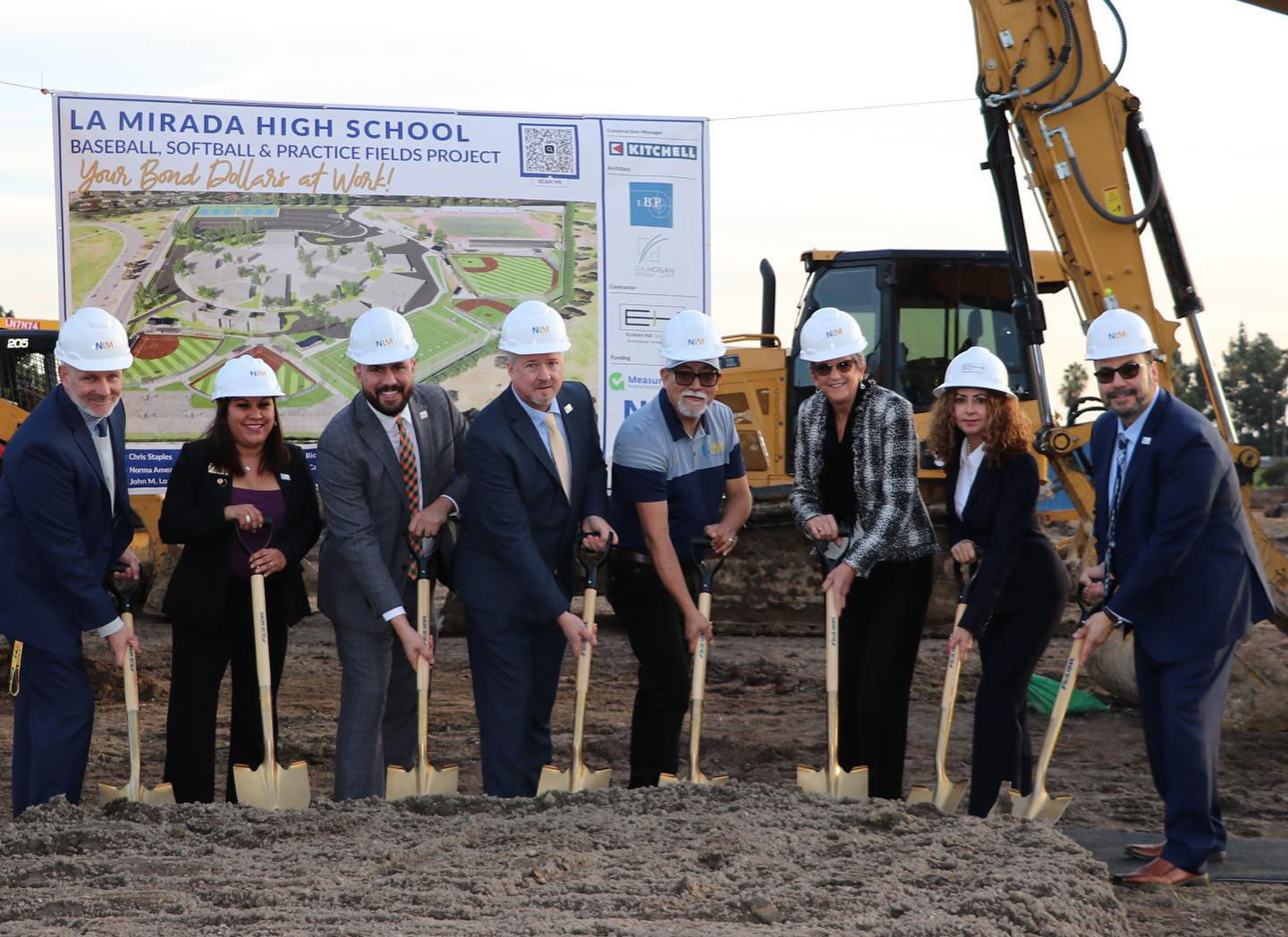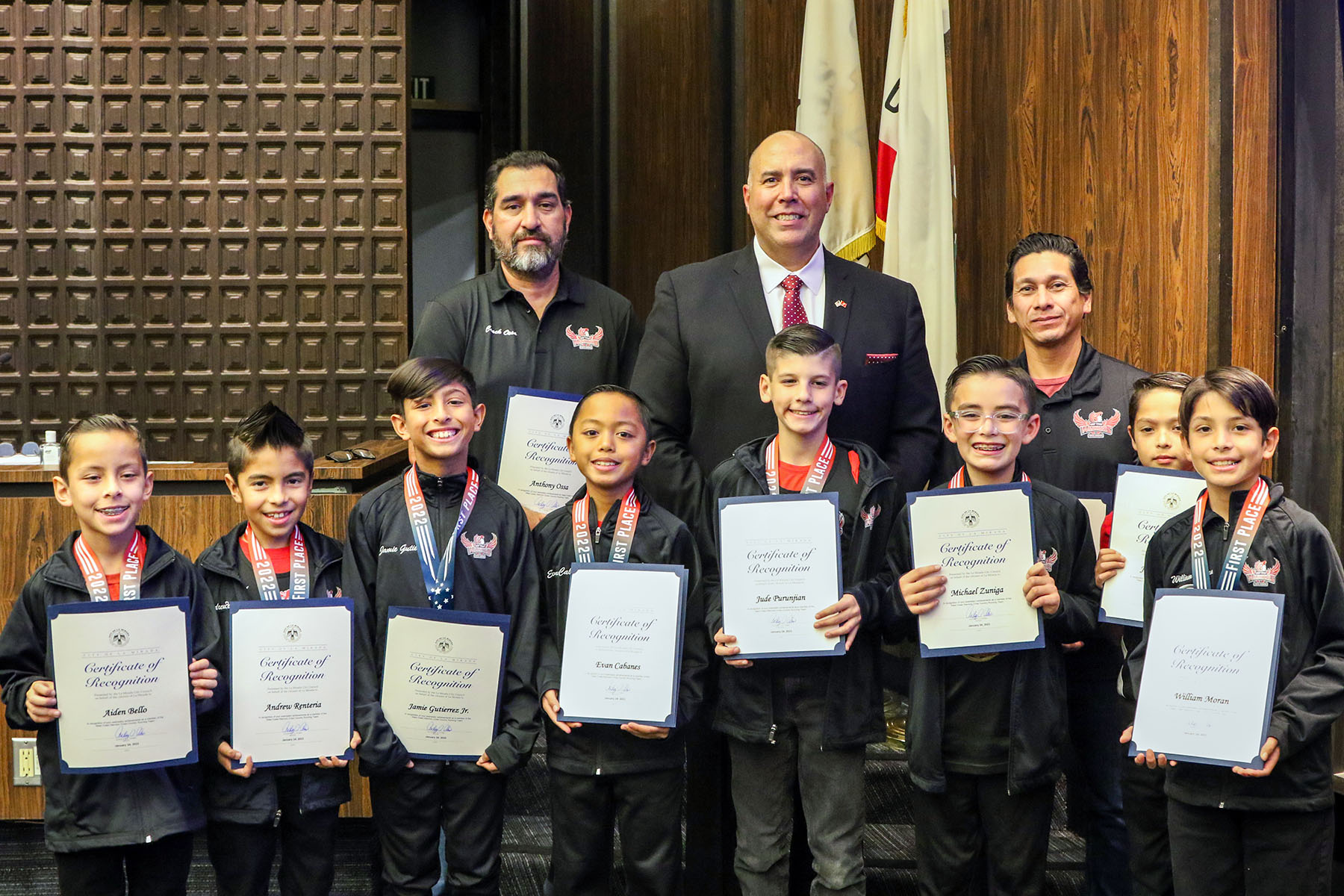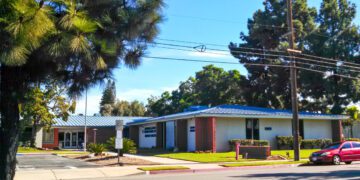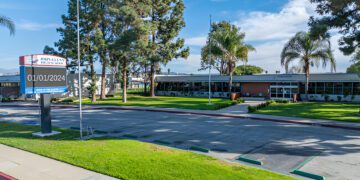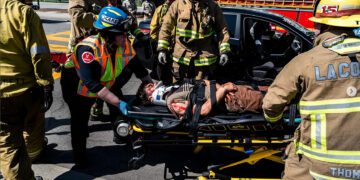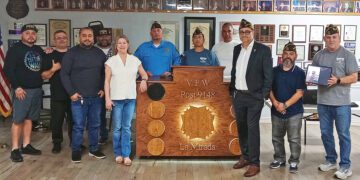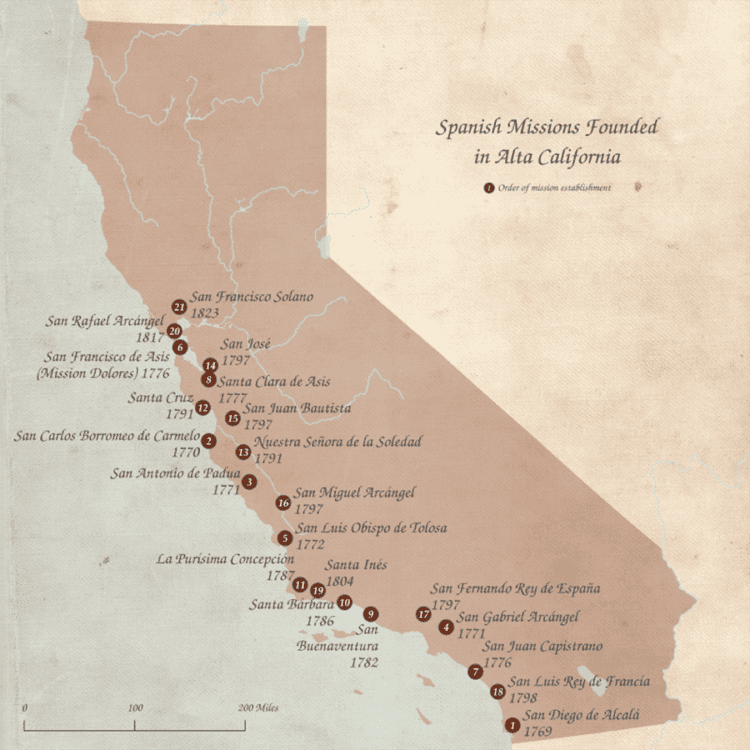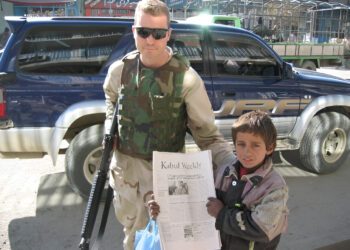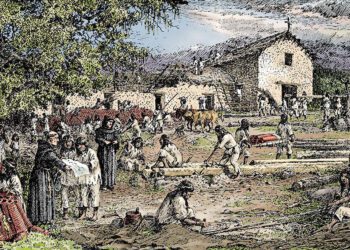Nestled within its hills and prairies, La Mirada holds a captivating history that spans centuries. Before the city’s inception, this land was part of Spain, Mexico, and the Los Nietos diseño, a vast territory that gradually fragmented over time. One notable segment was Rancho Los Coyotes, which encompasses present-day cities such as Cerritos, La Mirada, Stanton, and Buena Park. Passed down through generations, the rancho eventually came into the possession of Andrés Pico through marriage. Pico, in turn, sold a portion of the land to Abel Stearns, who utilized it as grazing grounds for his cattle and sheep until adverse weather conditions compelled him to sell.
La Mirada’s more recent history is often associated with Andrew McNally, the renowned mapmaker from Rand/McNally. In 1888, McNally acquired 2,300 acres from the Abel Stearns Rancho Trust for $115,000 and established “La Mirada.” Developing 700 acres into Windermere Ranch, he encircled it with flourishing olive, orange, and lemon groves, eventually transforming the ranch into the world’s largest olive grove.
The Roots of La Mirada
However, the roots of La Mirada’s history extend even further back. The earliest known inhabitants of California (and La Mirada) were the Native Americans who have been here as far back as 12,000-19,000 years by some estimates. However, recorded history reveals that the Europeans’ contact with California began in the mid-1530s when Hernan Cortes’s men sailed to Baja California from Spain. Around 1542 the Spaniards sailed north to Alta California, and made landings as far north as modern Santa Barbara and Spain began to assert control of Alta California.
Spanish California / La Mirada
Spain settled Alta California with a combination of military forts (presidios) and mission churches overseen by Franciscan fathers led by Junípero Serra. In 1769, the first parties set north from Baja California, and the line of Spanish settlement along the coast was inaugurated when soldiers and priests established presidios and missions in the Spanish colonial period, Alta California had presidios (at San Diego, Monterey, San Francisco, and Santa Barbara) and no fewer than twenty-one missions throughout the area. Spain owned California from 1769-1821.
During this time, the Spanish missions in California dominated the area since the 1700’s and formed a series of 21 religious outposts, or missions established between 1769 and 1833 in what is now known as the state of California. The missions were established by Catholic priests of the Franciscan order to evangelize indigenous peoples backed by the military force of the Spanish Empire. Junipero Serra is a familiar name throughout California. The missions he established were part of the expansion and settlement of New Spain through the formation of Alta California, expanding the empire into the most northern and western parts of Spanish North America and eventually Mexico. Civilian settlers and soldiers accompanied missionaries and formed settlements like the Pueblo de Los Ángeles, San Juan Capistrano, San Gabriel, Santa Barbara, etc. The closest mission to La Mirada is in San Gabriel or San Juan Capistrano if you prefer to go south. The Padres of these missions surely came through La Mirada many times evangelizing the Gabrielino-Tongva Indians and other tribes in the area. In a future article, we will cover the local indigenous groups such as the Gabrilenos and other known tribes in the area.
Mexican California / La Mirada
In 1821, the Spanish Colony of Mexico revolted against Spain in 1821 and won their freedom and California part of the new country of Mexico. Before the Rancho Los Coyotes era, La Mirada was incorporated into Rancho Los Nietos. In 1834, the Mexican Governor of Alta California, José Figueroa, officially declared the 167,000-acre Rancho Los Nietos grant under Mexican rule. The governor then ordered its division into five smaller ranchos: Las Bolsas, Los Alamitos, Los Cerritos, Los Coyotes, and Santa Gertrudes. Juan José Nieto, Manuel Nieto’s eldest son, received Rancho Los Coyotes. In 1840, Juan José Nieto sold Rancho Los Coyotes to Juan Bautista Leandry, an Italian immigrant. La Mirada was part of Rancho Los Coyotes, a Mexican land grant spanning an impressive 48,806 acres. This grant originated from the partitioning of the Rancho Los Nietos grant, encompassing present-day Cerritos, La Mirada, Stanton, and Buena Park.
California / La Mirada as Part of the USA
Following the Mexican–American War of 1846-1848, California was ceded to the United States through the 1848 Treaty of Guadalupe Hidalgo which stipulated the honoring of existing Mexican land grants. Accordingly, a claim for Rancho Los Coyotes was filed with the Public Land Commission in 1852, as mandated by the Land Act of 1851. The grant was ultimately patented to Andrés Pico and Francisca Uribe de O’Campo in 1875. This is where the well-documented history associated with Andrew McNally picks up, chronicled in books by Raymond Fernandez and Bob Camp. Andrew McNally built La Mirada into the great City you see today. So remember when you are walking down the streets and paths of La Mirada, you are walking in the areas that were surely traveled by the Padres of the great Spanish Missions from the 1700’s.
By John Lewis

